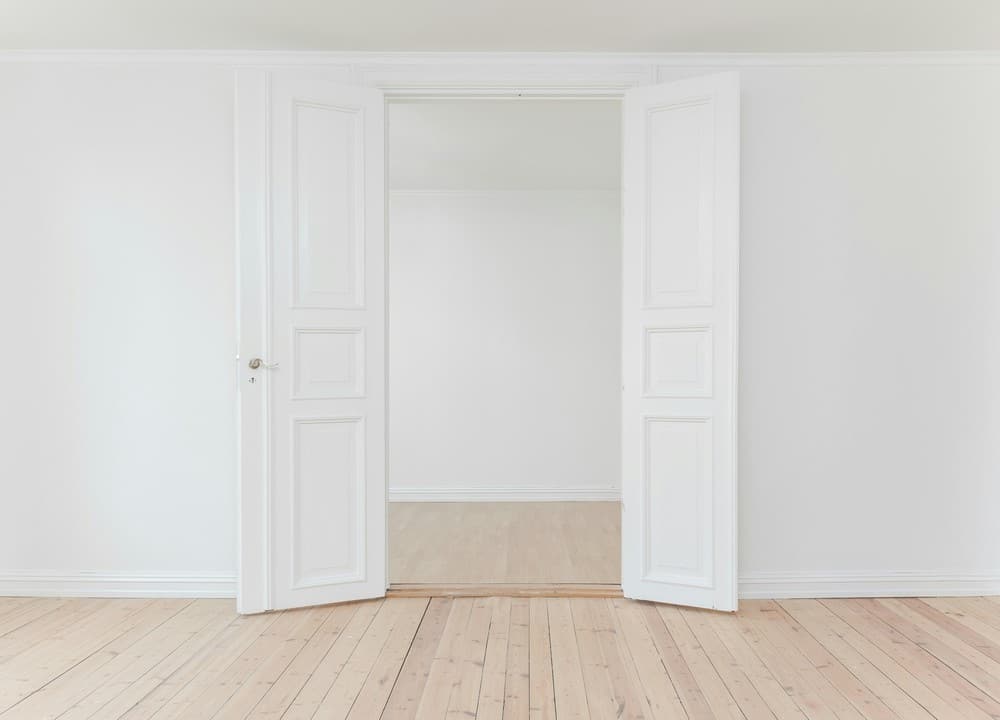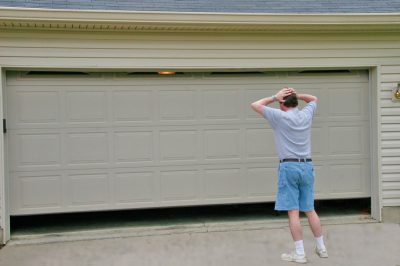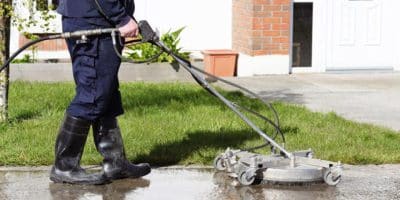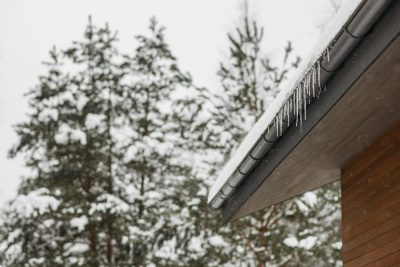
Are you tired of repairing your house every time the weather takes a turn for the worse? Say goodbye to drafty windows, leaking ceilings, and mysterious damp patches on the wall. Here’s a fact: a well-weather-proofed home is worth its weight in gold. Follow these tried-and-tested methods to protect your home from nature’s wrath.
Secure Those Windows
Windows are the eyes of your home, and weak windows make for a vulnerable house. Start with proper sealing. Drafts are your worst enemy, letting in cold air or even rain. Install weather strips or caulking; it keeps the warmth in and the cold out. You won’t believe the difference a bit of foam padding can make.
Consider double or even triple-glazed windows. They insulate better, leading to significant energy savings. You might balk at the initial cost, but the long-term savings and comfort are undeniable.
Beyond budgeting for new windows, take a close look at the state of your existing frames. Wood can warp over time, leaving gaps for wind and water infiltration. Resealing with paint or varnish can extend the life of wooden frames while keeping out unwelcome guests from the weather outside.
If you’re considering repainting your exterior windows or stucco surfaces, it’s worth consulting leading house painters near you to ensure the paintwork can withstand the elements while also meeting any aesthetic preferences you may have.
Armor Your Roof
Your roof takes the brunt of every elemental assault. Invest in durable, weather-resistant materials. Shingles, metal roofing, or clay tiles can withstand heavy rains, hail, and strong winds. Work now to avoid endless repairs later.
Ensure gutters are clear and functional. Clogged gutters lead to water buildup, which can rot the roof and cause leaks. Clean them regularly and install gutter guards to reduce debris buildup. Preventative maintenance saves time and money.
An overlooked aspect is ensuring the attic has proper ventilation. Without it, summer heat taxes your cooling systems, and winter moisture creates an environment for mold. Proper vents and exhausts will help balance temperatures, extending the life of your roofing materials.
Secure Your Foundation
A strong foundation keeps your home steady. Water pooling around the base spells disaster over time. Make sure your yard slopes away from your house to avoid water collection. Water should never pool beside your foundation, ever.
Don’t ignore small cracks in walls or floors. They grow quickly and can become serious structural concerns. Patch them with quality sealants or consult a professional if needed.
Another proactive measure is to install a sump pump in low areas of your basement. During heavy rainfalls, a sump pump activates to divert water away before it causes havoc. It’s a precautionary step that provides peace of mind.
Beef Up Insulation
Insulation is your best friend. It provides temperature control during extremes. Check your attic and underfloors for adequate insulation; these are the spots that most homeowners overlook.
Upgrade to high-quality insulation materials. They might be out of sight, but they’re vital for maintaining comfortable indoor temperatures all year round. You’ll notice a difference in your energy bills and personal comfort.
For those unpleasant drafts that seem to have mysterious origins, consider using spray foam or expanding insulation in cracks and crevices. It effectively seals out extreme temperatures and can also act as a sound barrier, making your home a quiet retreat.
Seal and Reinforce Doors
Doors should be fortified against the elements. Install door sweeps and seals to block drafts. No more gusts of wind sliding through your doorframe. This simple step can transform a room from freezing to cozy.
Consider solid core doors for added weather protection. They’re heavier and more robust than their hollow counterparts. A mighty door acts as a great barrier against storms and chills.
Installation of storm doors is also an excellent way to add an extra layer of protection. They shield entry doors from harsh weather, adding extra insulation and safety, making them an important extension for any home security strategy.
Think Long-Term
Weather-proofing is more than just a quick fix. It’s a long-term strategy for home maintenance. Don’t cut corners where it matters. Invest wisely, and you’ll face fewer repairs. Think of it as a promise to your home and your peace of mind.
Remember, each of these improvements adds not only to your comfort but also to your home’s value. A weather-proofed home is an asset worth nurturing.








